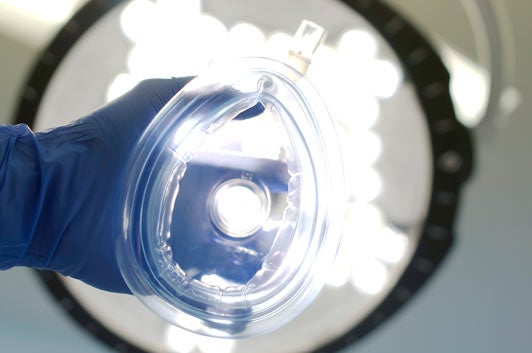Your anesthesiologist is a key member of your surgical team. They give you medicines (anesthetics) to keep you comfortable and decrease your awareness of surgery. They also monitor your condition to keep you safe during surgery. You will have one of three kinds of anesthesia during your surgery.
Monitored anesthesia care (MAC)
-
It's often used for surgery that is short or not too invasive.
-
Medicines to relax you (sedatives) are given through an IV (intravenous) line.
-
The area around the surgical site is usually numbed with medicine.
-
You may choose to stay awake or sleep lightly.
Regional anesthesia
-
This is sometimes called spinal epidural or bier block.
-
It's often used for surgery on the arms, legs, and abdomen. It's also used during childbirth.
-
A specific region of your body is numbed by injecting anesthetic near nerves, near your spine, or near the operative site.
-
You may also be given sedatives through an IV line to relax you.
-
With regional anesthesia, you may choose to stay awake or sleep lightly.
General anesthesia
-
It's often used for extensive surgery, such as on the heart, brain, or abdomen.
-
It's also used when you want to be totally asleep.
-
It may be given as a gas that you breathe and as medicines that are injected through an IV line.
-
Because you are deeply sedated, you feel no pain and remember nothing of the surgery.
Risks and possible complications of anesthesia
The risks and complications of anesthesia depend on your overall health. If you are healthy, the risks are low. The risks are higher for people with heart or lung problems. Your anesthesiologist or nurse anesthetist will discuss the risks with you.


